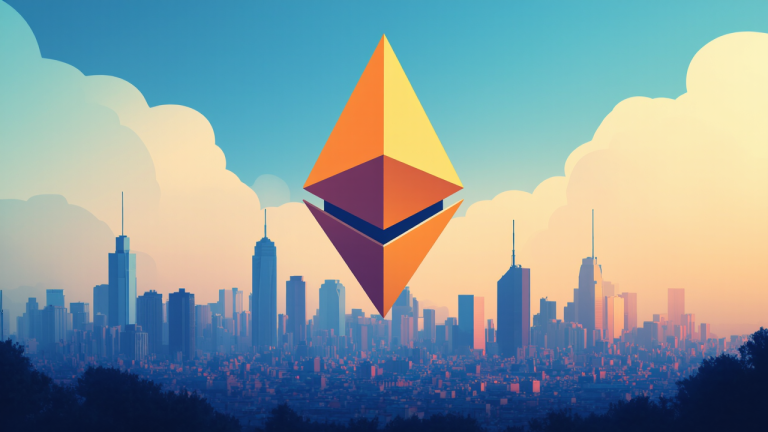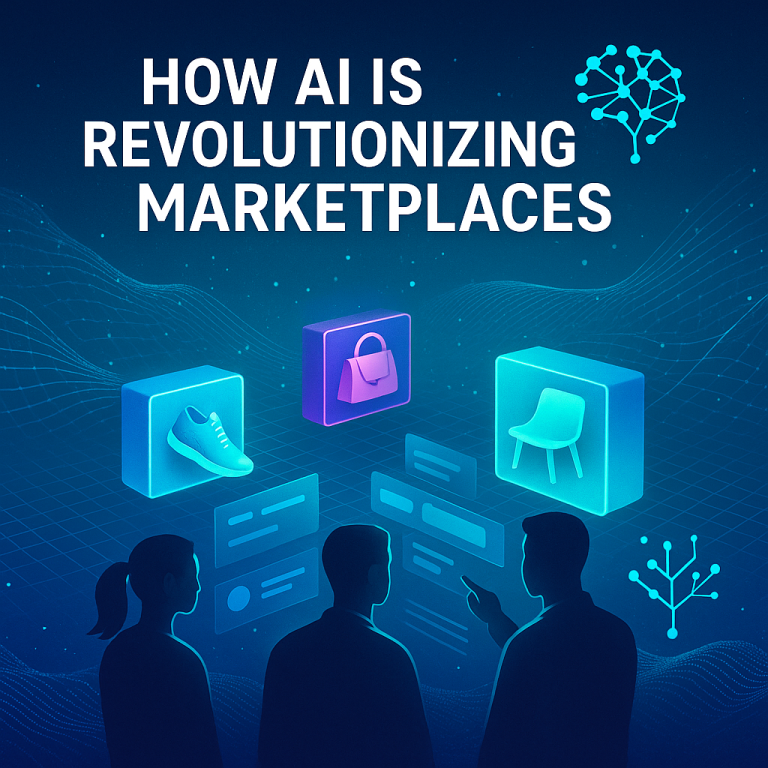Ethereum After $100K Bitcoin: Why ETH Is Still the Heart of Web3 in 2025
After Bitcoin hits $100K, Ethereum proves it’s more than digital money — it remains Web3’s infrastructure. From DeFi to NFTs and AI, here’s why ETH leads in 2025.
in-depth reviews and comparisons of wallets, dApps, and Web3 infrastructure tools shaping the decentralized internet.

After Bitcoin hits $100K, Ethereum proves it’s more than digital money — it remains Web3’s infrastructure. From DeFi to NFTs and AI, here’s why ETH leads in 2025.

Explore how blockchain, NFTs, and DeFi are replacing the cannabis black market — with real-world wins, tokenized farms, and a smarter future.

Breaking into Web3 in 2025? This complete guide shows you how — from choosing your role and building a proof-of-work portfolio, to avoiding scams and networking with top DAOs. With step-by-step roadmaps, certifications, and a 7-day launch plan.

Learn how to generate passive income in Web3 using DApps, NFT royalties, and AI-powered tools. This two-part guide explains strategies, tools, and risks for earning crypto with minimal effort.
Home › Web3 Tools & Reviews › Token-Gated Content with Citrea Token-Gated Content: How Creators Monetize with NFTs in the Bitcoin Era In the evolving landscape of Web3, creators are reimagining how content is accessed and monetized. No longer reliant on centralized platforms, artists, writers, educators, and community leaders are exploring token-gated models. This shift…

AI is reshaping Web3 aesthetics and UX. From generative art to predictive interfaces, explore the most important design shifts in crypto’s new frontier.